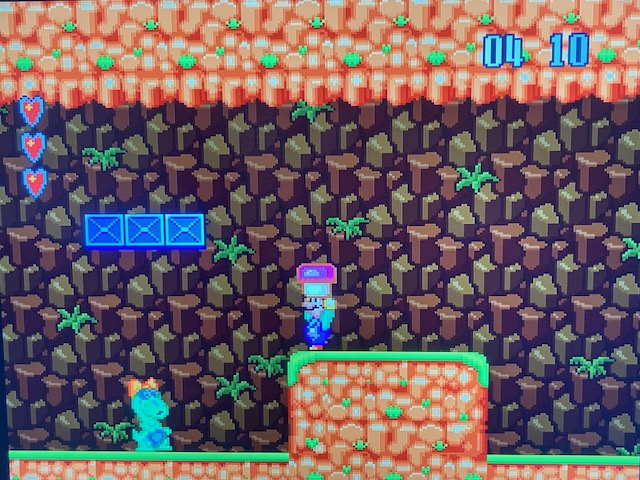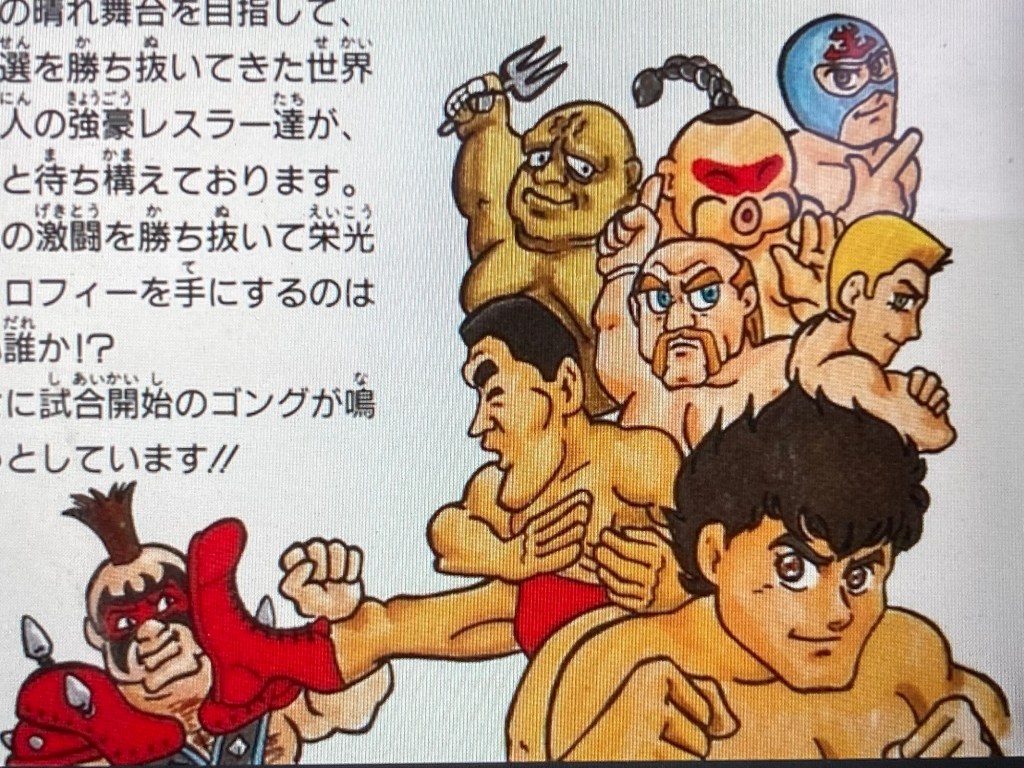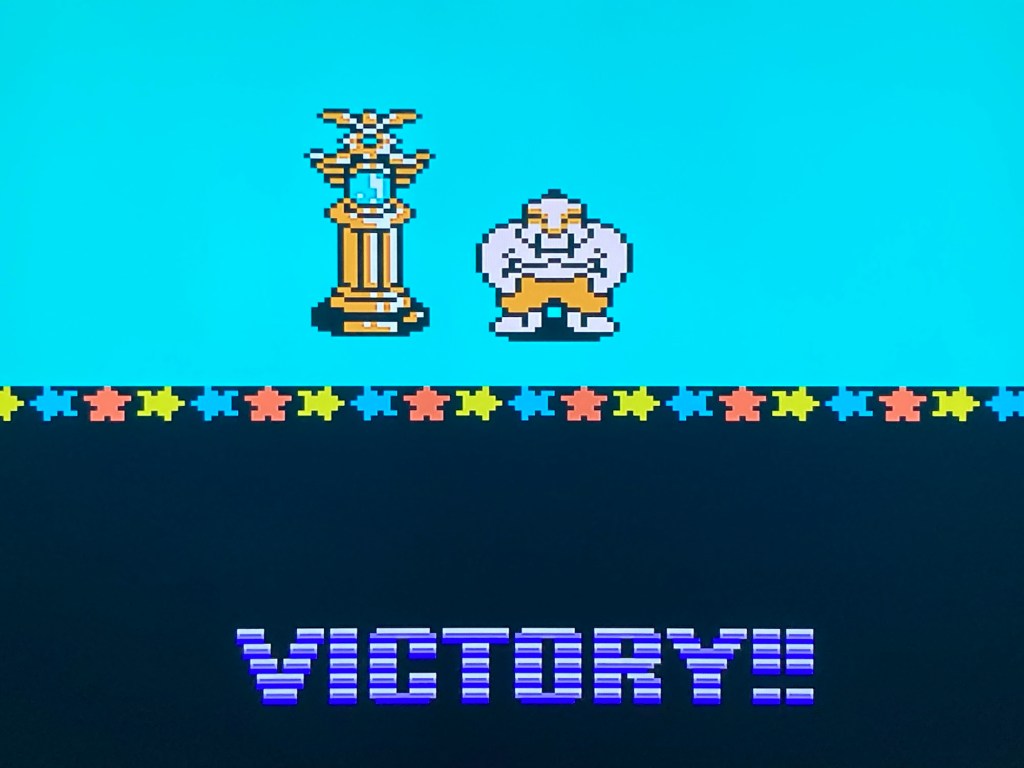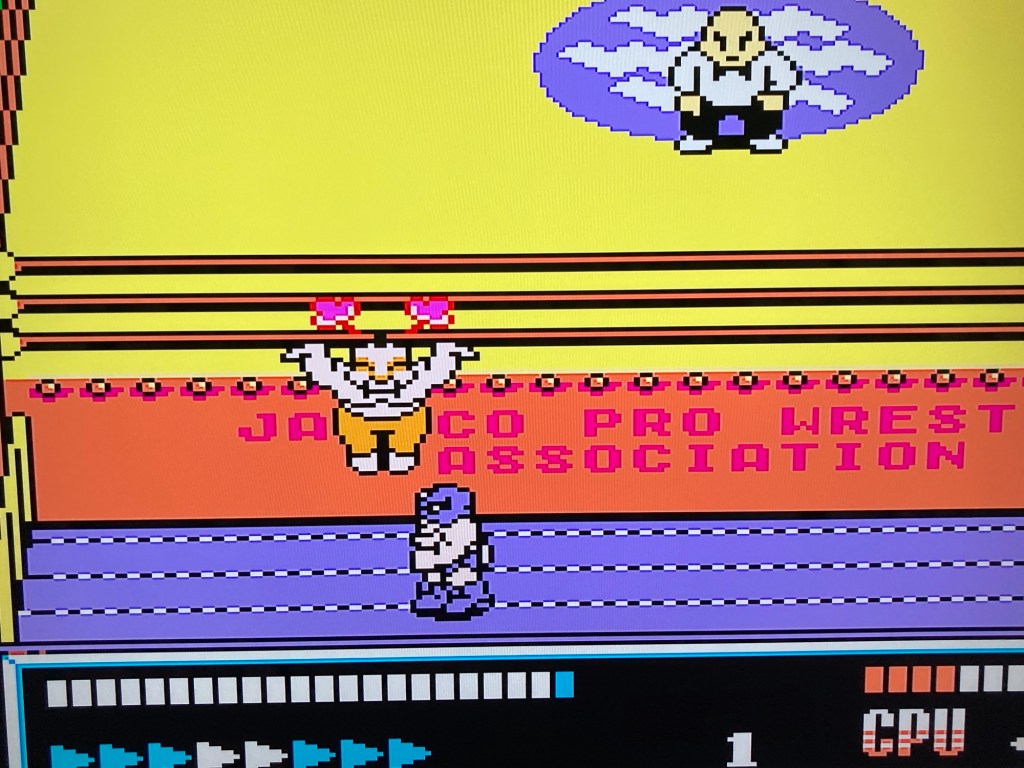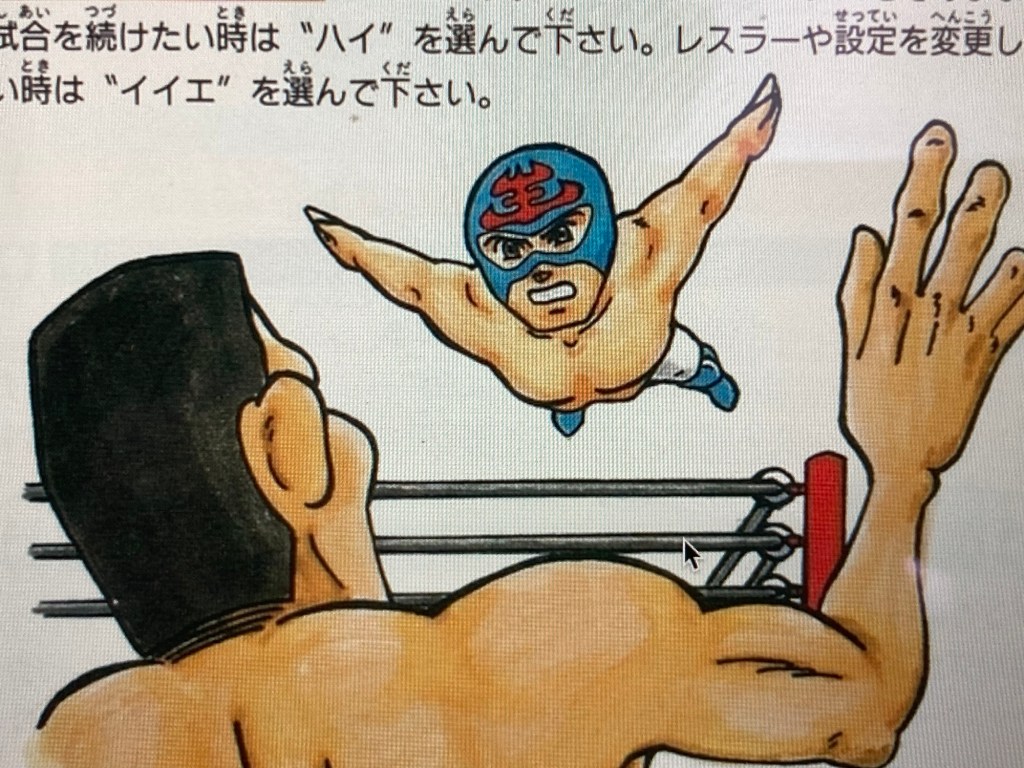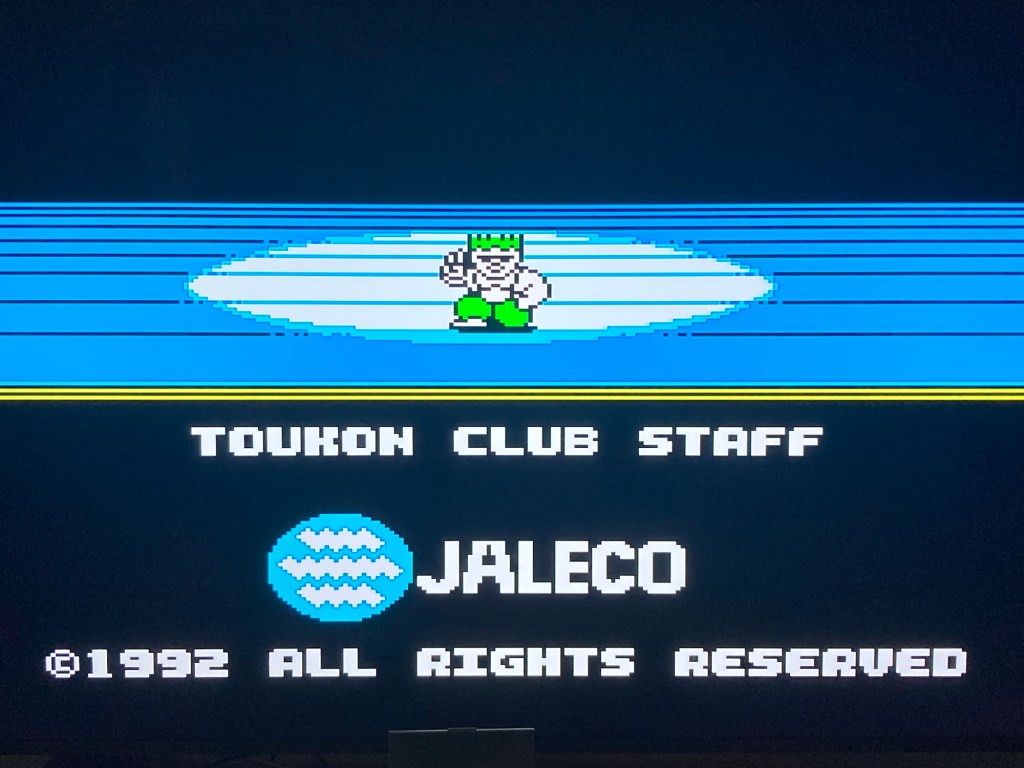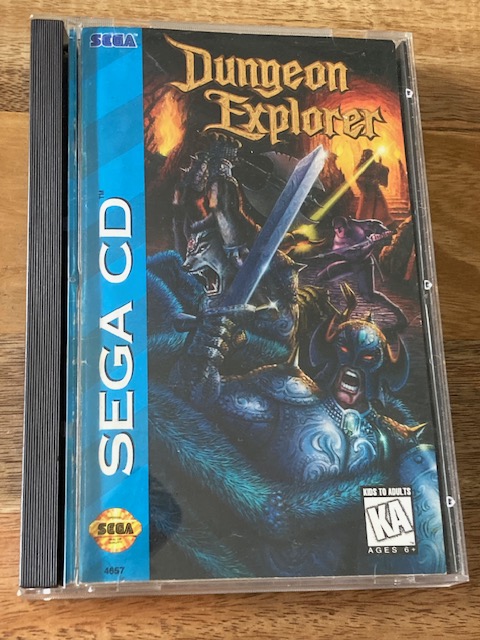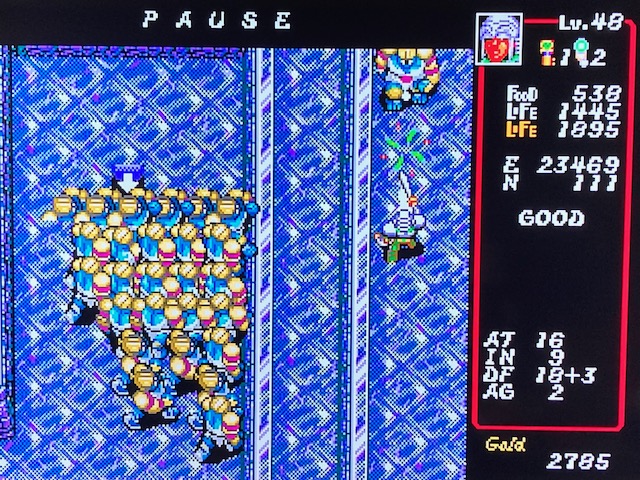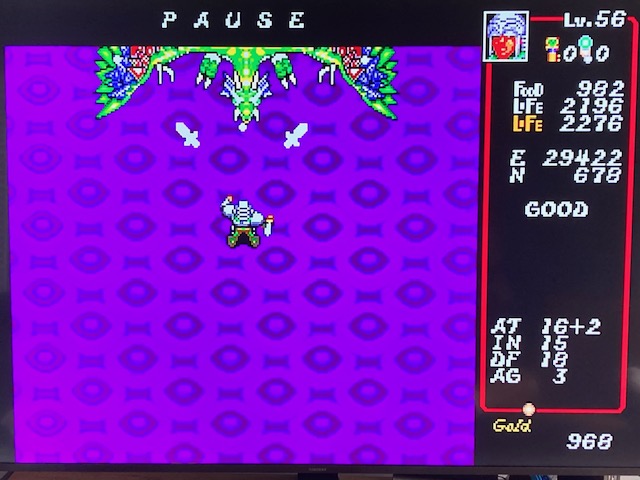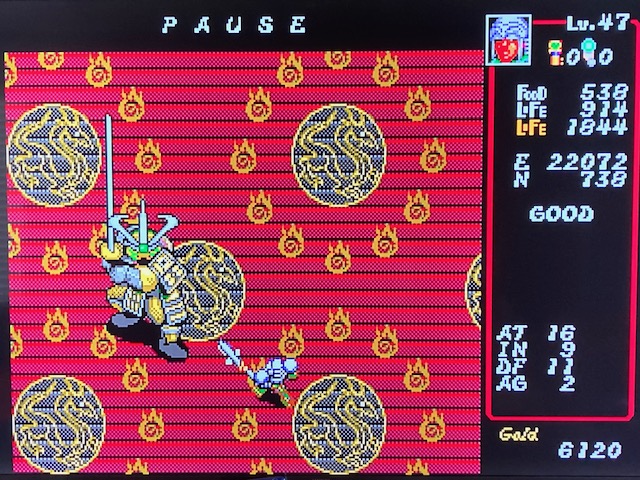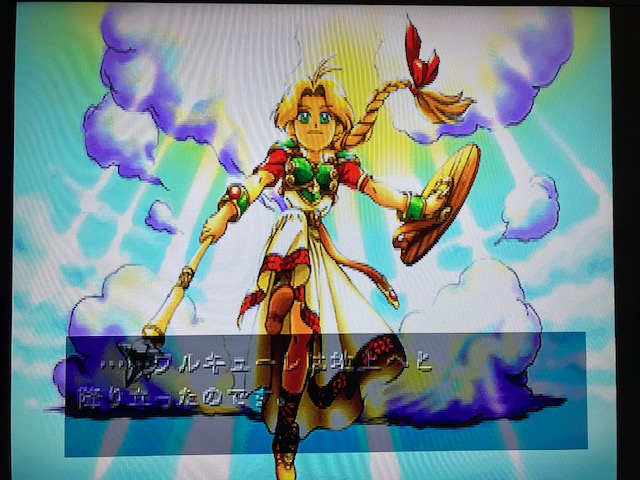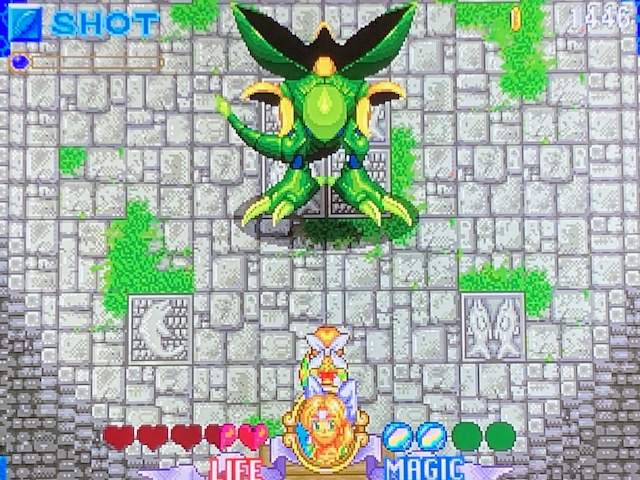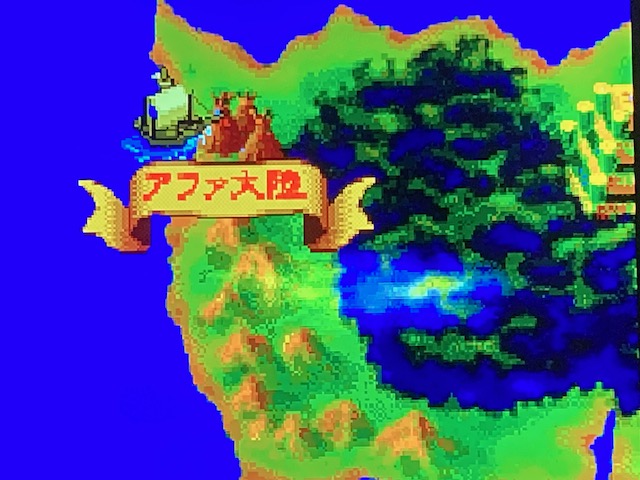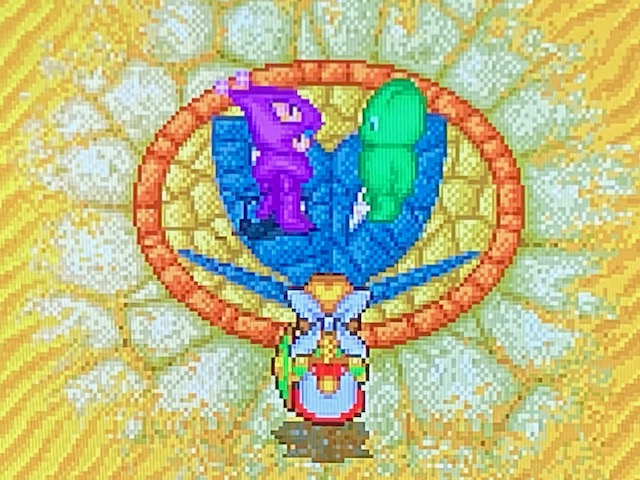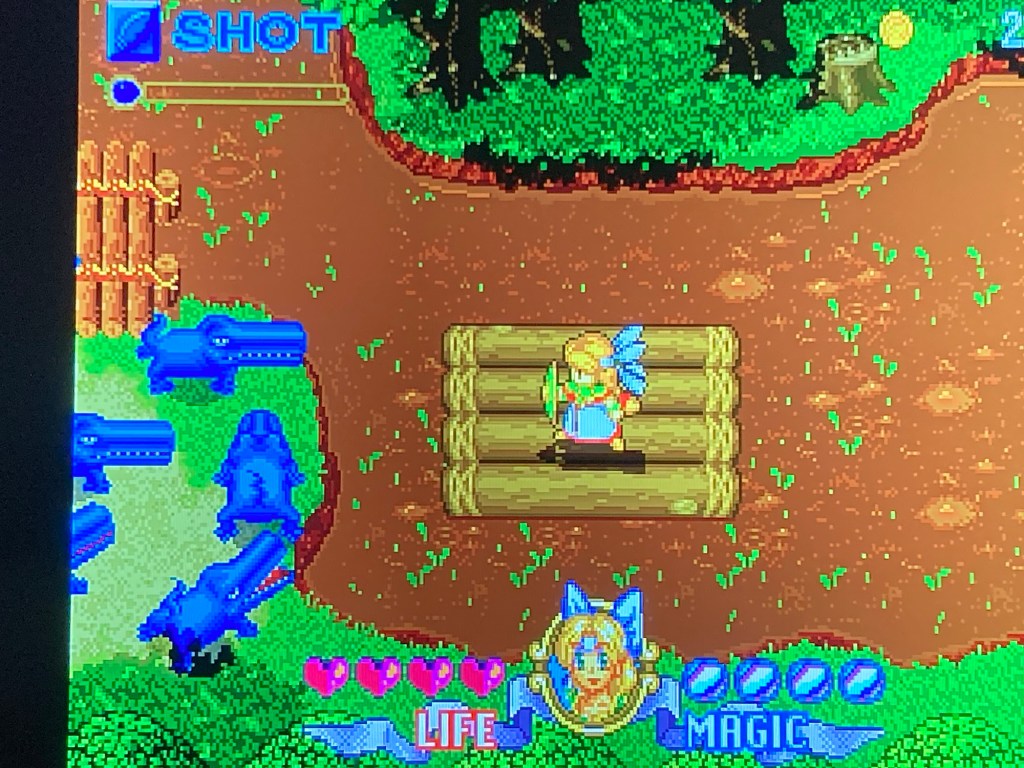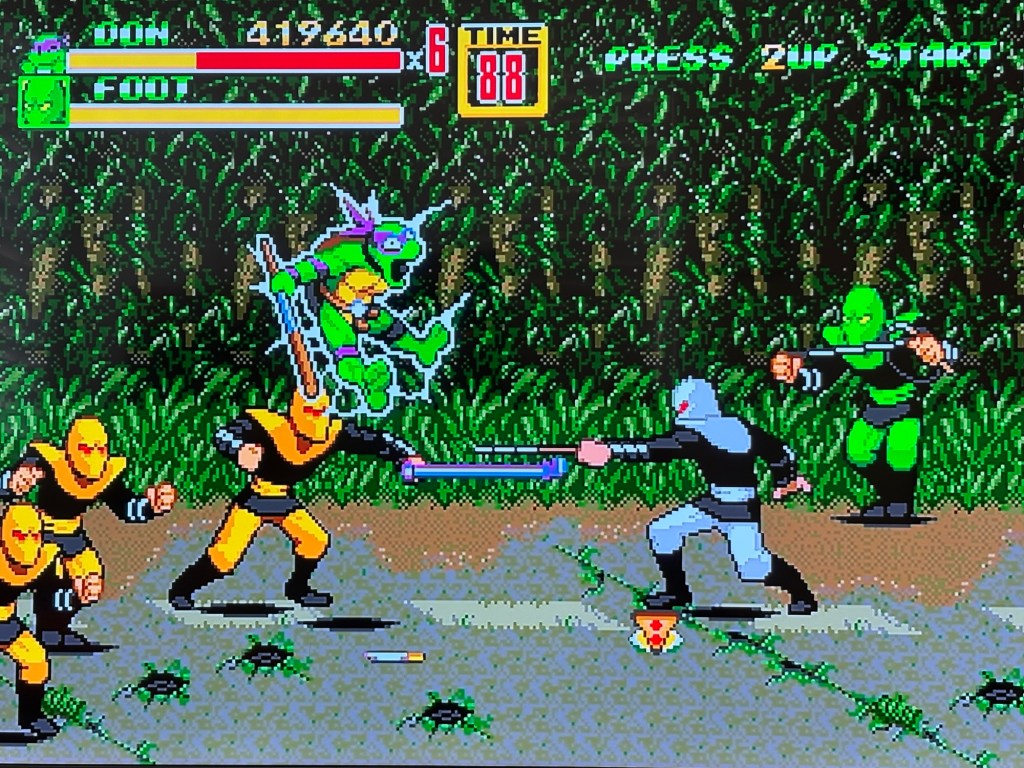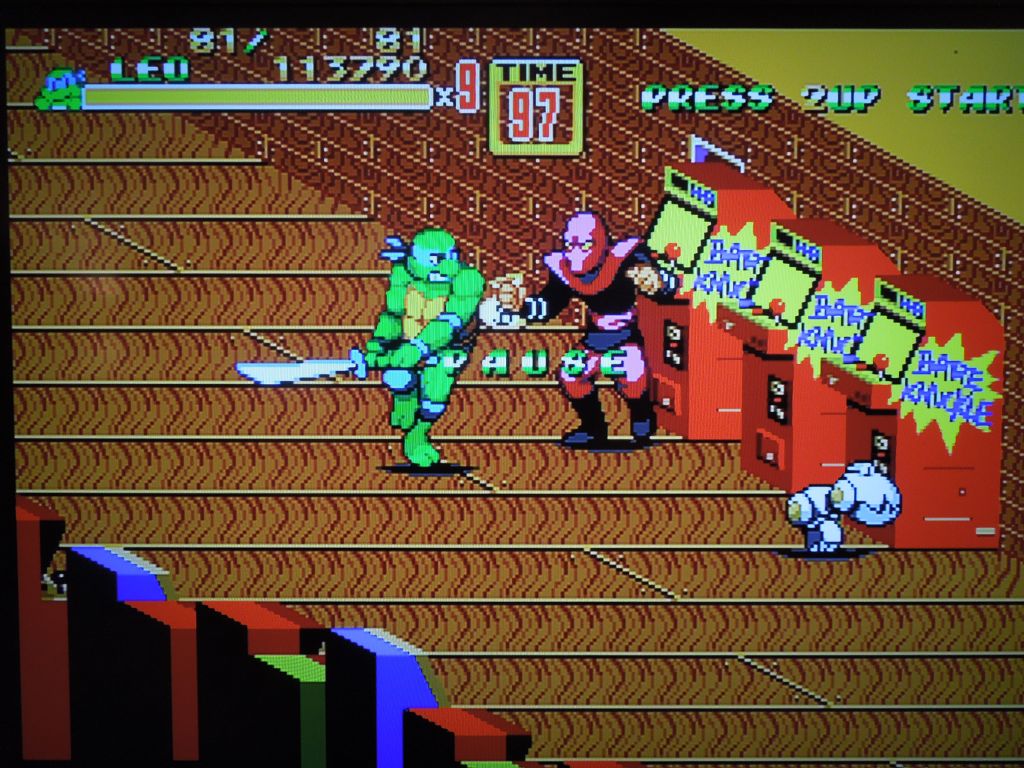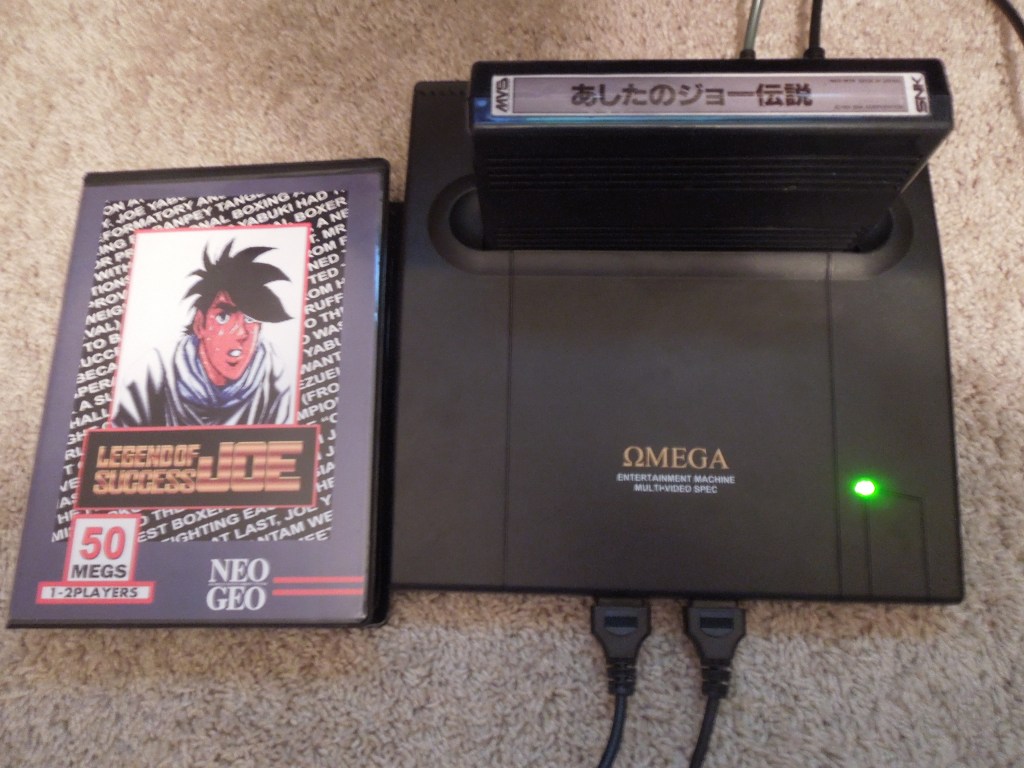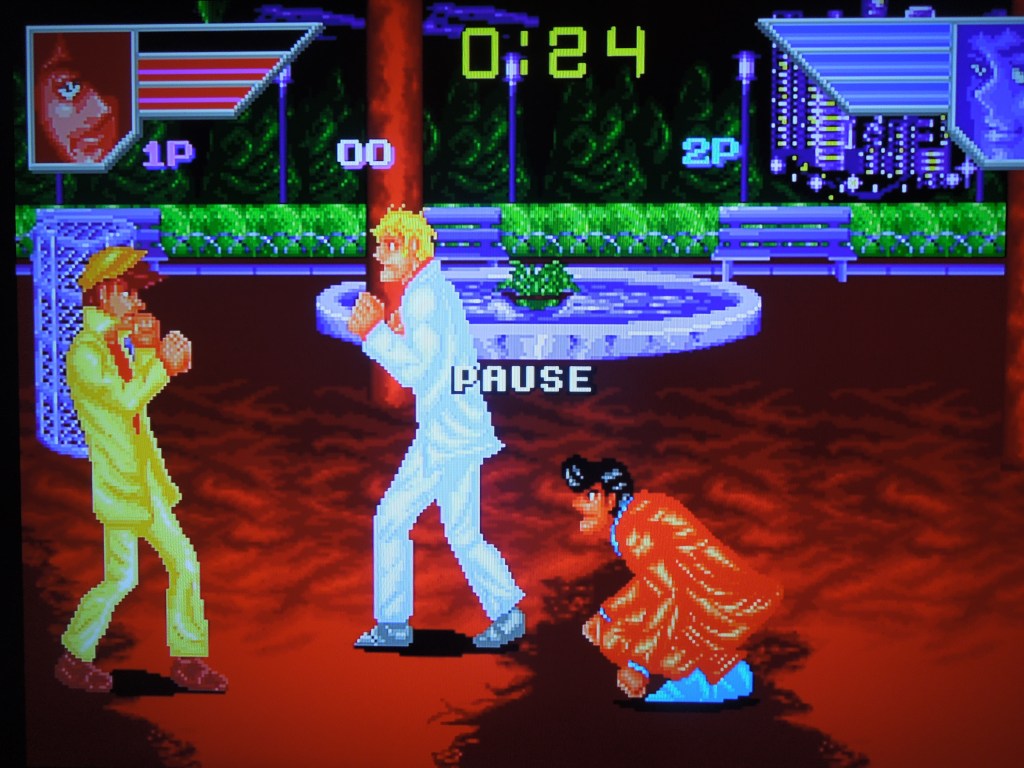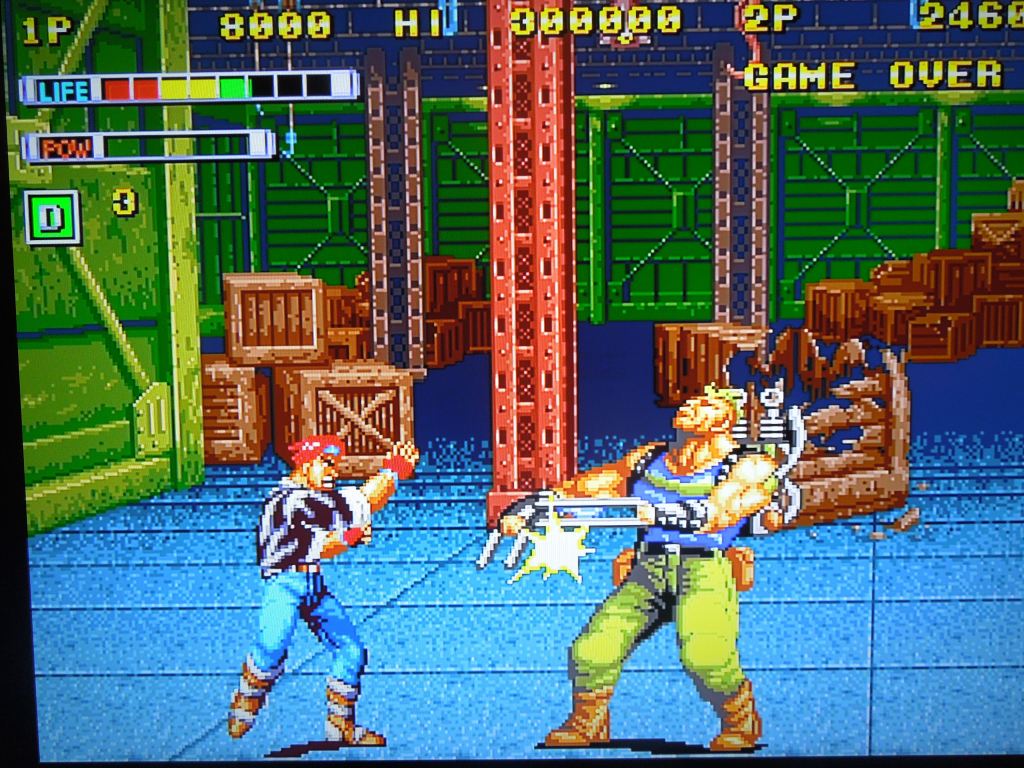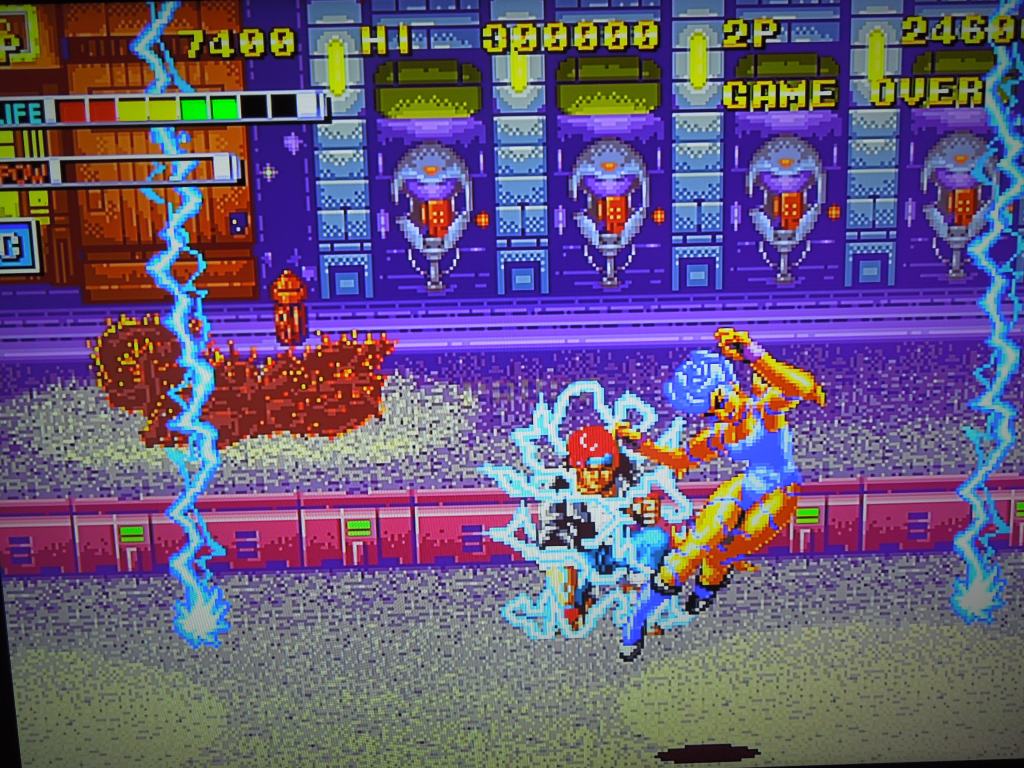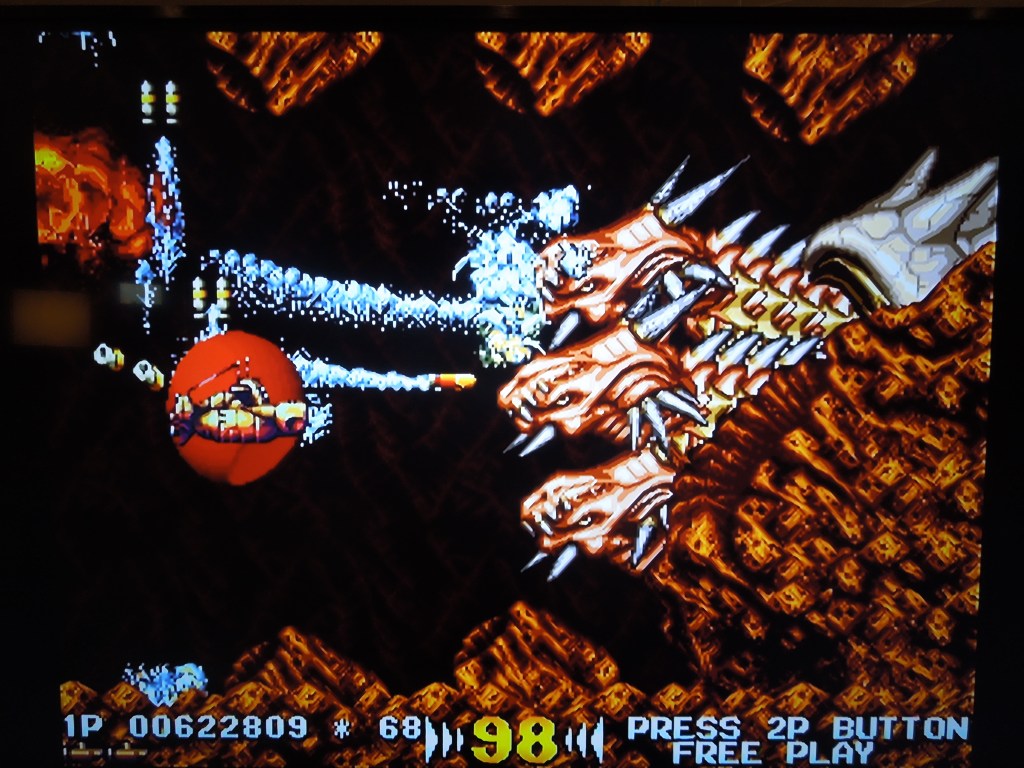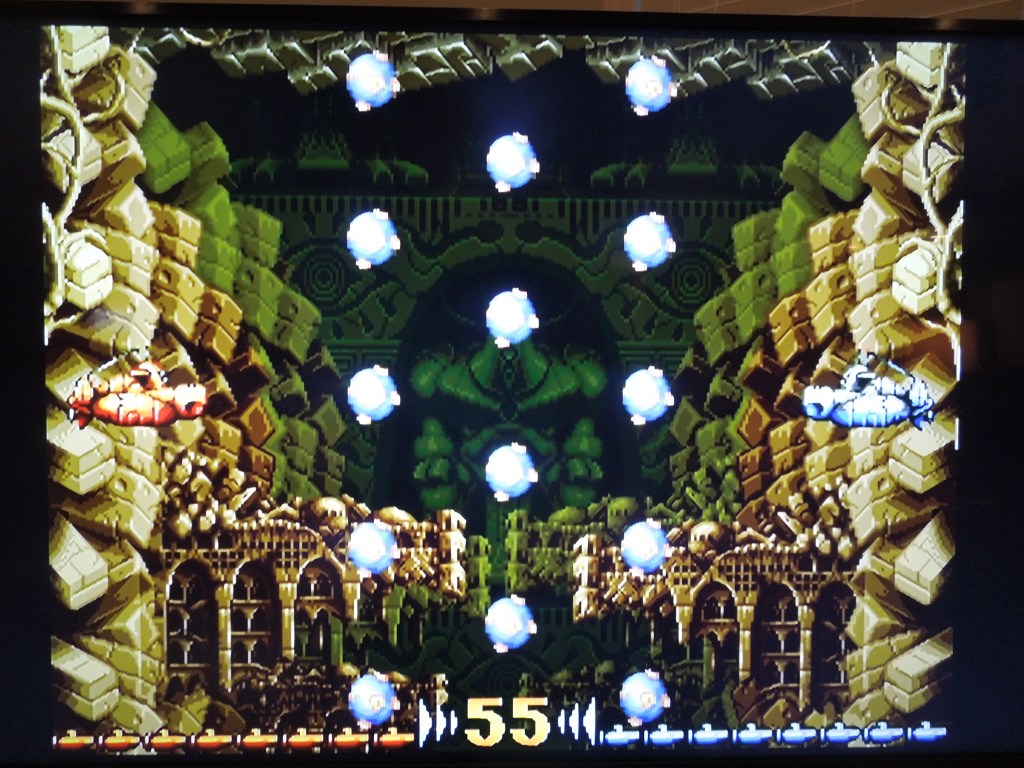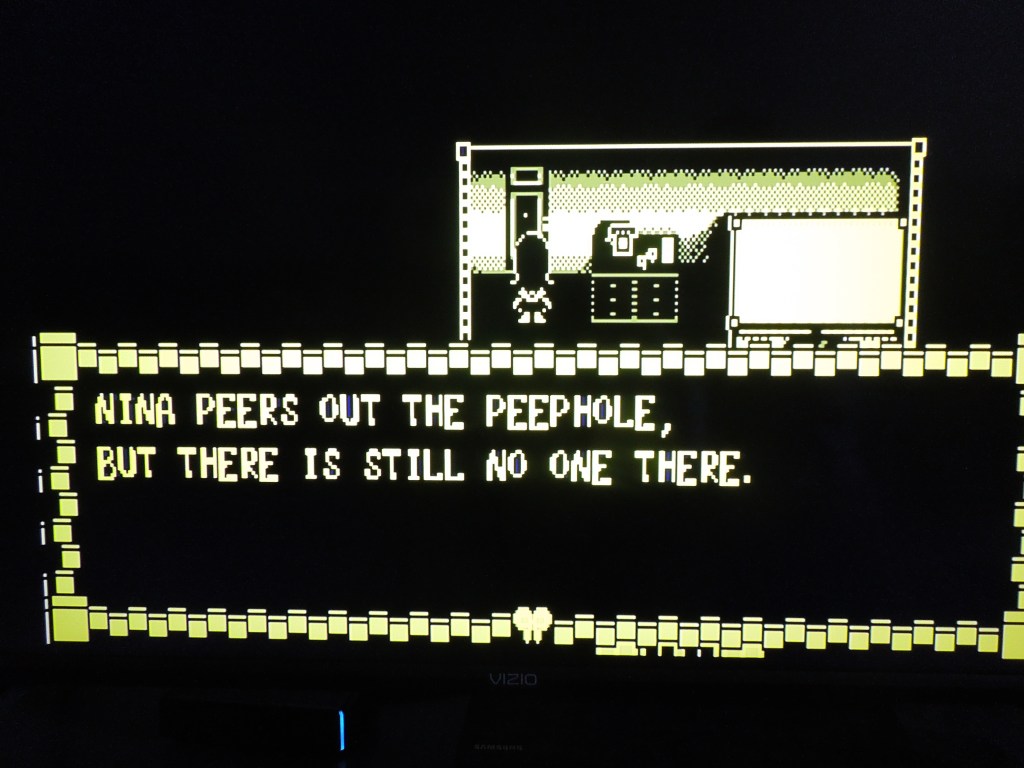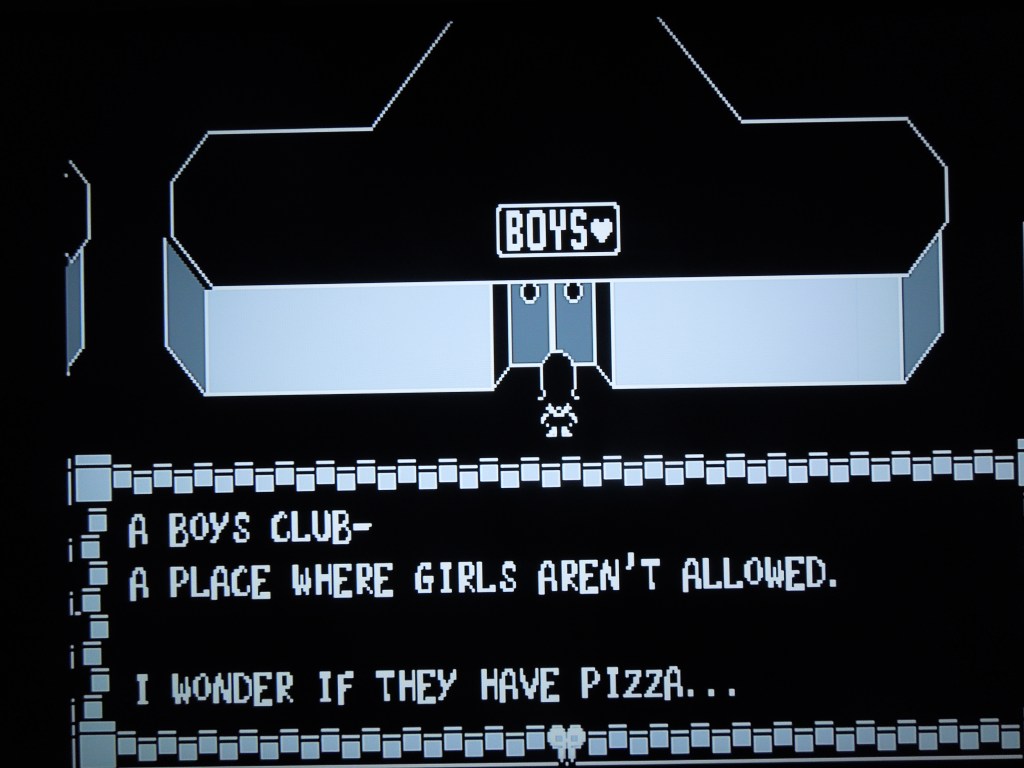Note: This reproduction cartridge was played in an Analogue Super NT console that was connected to a 65-inch HD-tv.
Quick History: BS Super Mario USA: Week 4 was originally a downloadable/broadcast game released only in Japan in 1996. It is effectively an official sequel to Super Mario Bros. 2. It was available for the Broadcast Satellaview, an attachment that plugged into the owner’s Super Famicom system. There were four ‘parts/episodes/weeks’ to the BS Super Mario USA game, with one being released over four consecutive weeks. This review is specifically for the fourth episode.
Mods to original broadcast game: This reproduction cartridge of BS Super Mario USA: Week 4 has been modded from its original broadcast version. The music from Super Mario Bros. 2 (USA) that was used in the release of Super Mario All-Stars has been added, as well as some English-translated text on a few screens. Originally, there were Japanese voice actors who voiced the different characters in the game, and these are not present on this cartridge.
Story: The evil Wart has returned to the land of Subcon, and one of his minions, Mouser, has stolen the numerous golden Mario statues that were a tribute to the plumber who liberated the land on his first visit. This time, Mario and his companions must track down all the missing statues and take out Wart and his minions once and for all.
Clock and Timed Events: Originally, BS Super Mario USA was meant to be played in a 50-minute window of time, and that remains the case on this reproduction cartridge. A running clock (that you cannot stop by pausing) is onscreen at all times; it begins at 4:06 and ends at 4:56. When you reach 4:56, the game’s ending will play and all of your points will be tallied for your final score. As you play, different ‘events’ will occur at specific minutes. At some minutes, a giant bomb might be flung onto the screen for you to dodge, or you may get a temporary increase in your jumping ability; there are many of these events, and they add elements of originality and surprise to the game. Additionally, your character will change among Mario, Luigi, Princess Toadstool, and Toad at specific minutes – you cannot select who to play as like in the original game.
Gameplay Objectives: In BS Super Mario USA: Week 4, your goal is to recover all 10 of the missing golden Mario statues, collect all of the mushroom powerups, collect as many coins as you can*, and defeat the two Birdos, Clawgrip, and finally, Wart himself. The more of these goals you accomplish, the higher your score will be at the end of the game. Different point totals are awarded for completing the game’s objectives, making this very much a ‘high score’ game. *Coins are used to play a mini game near the end of your session (when the clock hits 4:50) which can add points to your total.
Levels: There are only three levels in BS Super Mario USA: Week 4 – 5-1, 5-2, and 5-3. These are the same levels as they appeared in Super Mario Bros. 2, albeit with the addition of the golden Mario statues. After completing a level by beating a boss, you can return to it at anytime, or exit it mid-level. This effectively means you don’t have to find every statue or mushroom on your first visit, as you can return as much as you like.
Finding Wart: To find and fight Wart, you must grab a potion and drop it near a tall jar. When the magic door appears, enter it, then jump on the tall jar and press down; you’ll be taken straight to Wart’s lair. Note that Wart is the one boss where losing the fight means you’ll have to replay the stage and go back through the process of getting to him again – with the other bosses, you’re allowed to lose and start back in their immediate area. If you beat Wart, the game is not immediately over as in the original version of the game – you have to wait until the clock hits 4:56 for it to end. Once beaten, if time remains, you’ll simply re-select one of the three levels to accumulate more coins or complete anything else you need to.
Differences between Week 4 and the other 3 weeks: Each of the four versions of the game contain three different levels each. Week 1 = World 1, Week 2 = World 2, Week 3 = World 4, and Week 4 = World 5. Worlds 3, 6, and 7 were never used.
The Southern Gentleman’s Opinion and Letter Grade: A BS Super Mario USA: Week 4 is a phenomenal and abbreviated romp through a portion of the world of Subcon. Great for a short playthrough of the original, larger game. There’s enough here to distinguish it from the game it’s based on, Super Mario 2 (which itself was based on the Japanese game Doki Doki Panic). The constantly switching characters, the random timed events, and the objectives to locate items in a specific allotment of time all combine well to make this a unique (and official) Super Mario experience, while still remaining familiar, comfortable, and as fun as the original game on which it’s based.
God Bless! Proverbs 3:6



